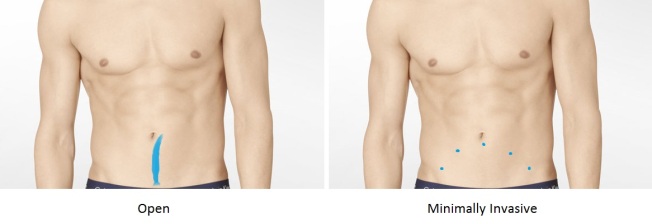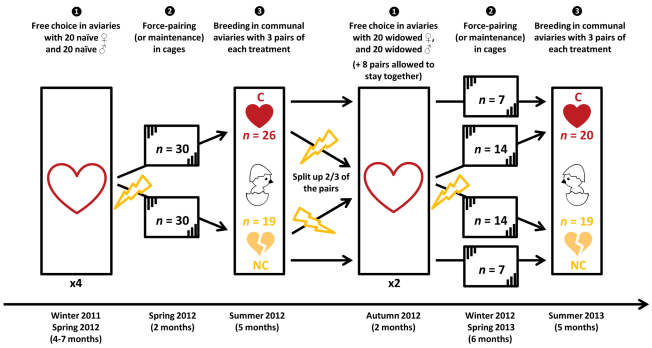
Original image by Calvin Klein Inc. – Edited by Richard Kizzee
When told “you will need surgery,” many people feel helpless. If someone is going to look inside your body, you had better have some say in how they do it. Vrije Universiteit Amsterdam is home to a group of researchers who show why opting for minimally invasive gastric surgery may be a safer option than fully open surgery.
Stomach (gastric) cancer is the cause of 10% of cancer deaths worldwide. This type of cancer often calls for total gastrectomy, full removal of the stomach, to be stopped. Two methods generally exist for approaching the stomach to remove it. A single, long incision can be made allowing for surgery through a fist sized hole. Another approach is making multiple small incisions (about wide enough to poke a finger in) for surgery.
Researchers of this study compared open total gastrectomy (OTG) with minimally invasive total gastrectomy (MITG) for markers of surgical quality and patient outcome. This was done by analyzing the results of 12 studies involving a total of 1,360 patients, of whom 768 underwent OTG and 592 MITG. The results of their meta-study showed (average differences in parentheses):
Shorter operation time: OTG (48.06 minutes faster)
Lower blood loss: MITG (160.70 mL less)
Lower time to recovery: MITG (1.05 days sooner)
Shorter length of hospital stay: MITG (2.43 days less)
Less postoperative complications: MITG (32.72% less)
Completeness of procedure: Equal
Both techniques were equally excellent at removing cancer from the patients, however, the minimally invasive technique left people recovering faster and with less complications after surgery. The benefits of MITG seen here may also apply to da Vinci robotic surgery in general.
If you or a loved one need surgery, remember that techniques are improving every day. Whether opting for open or minimally invasive (or even robotic) surgery, you are in good hands.
Reference:
Jennifer Straatman, Nicole van der Wielen, Miguel A. Cuesta, Elly S. M. de Lange – de Klerk, Elise P. Jansma, Donald L. van der Peet. Minimally Invasive Versus Open Total Gastrectomy for Gastric Cancer: A Systematic Review and Meta-analysis of Short-Term Outcomes and Completeness of Resection. World Journal of Surgery, 2016.
DOI: 10.1007/s00268-015-3223-1










